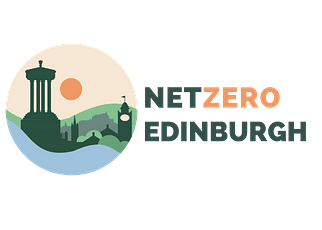Net Zero Edinburgh Leadership Board Data Mapping Partnership
The purpose of the project is to create a multi-layer GIS map which creates and collates spatial data about the city to support the Net Zero Edinburgh Leadership Board (NZELB). NZELB is the governance framework established in 2022 from the 2030 Climate Strategy. The board is tasked with supporting the collaborative development of strategic city infrastructure in line with Edinburgh’s 2030 net zero target. It consists of six city partners: Scottish Power Energy Networks (SPEN), SGN, Scottish Water, NHS Lothian, the University of Edinburgh and the City of Edinburgh Council. You can find out more about the board at the City of Edinburgh Council’s website and Net Zero Edinburgh.
The mapping project uses data to understand the current state of the city and build a shared future vision for the net zero transition. As such, we’ve collected data on the physical environment (including characteristics and locations of assets, networks, energy/heat demand and future generation sources), social vulnerability (including deprivation and fuel poverty) and future development work (including planned future investments for the six partners as well as city development plans for transport, adaptation and biodiversity). Mapping the data means place can act as the unifying factor to examine data which has never been looked at together before and build a holistic a holistic view of the necessary infrastructure transition to net zero.
Carrying out the work has highlighted one of Scotland’s barriers to data-informed climate action is a lack of a centralised repository for viewing and accessing spatial data. While data access and licensing create another barrier, much of the data we’ve collected is public. In order to share learning and compound impact, we will be publishing a public map and list which pulls together all the various sources of spatial data we’ve used in this project.
With the map created, the next stage is to develop a geographic opportunity assessment framework to identify priority areas for collaborative investments particularly those which utilise a place-based lens. These priority areas will then inform targeted feasibility work. Ultimately, the project aims to support NZELB in their development of a citywide green infrastructure investment plan.


